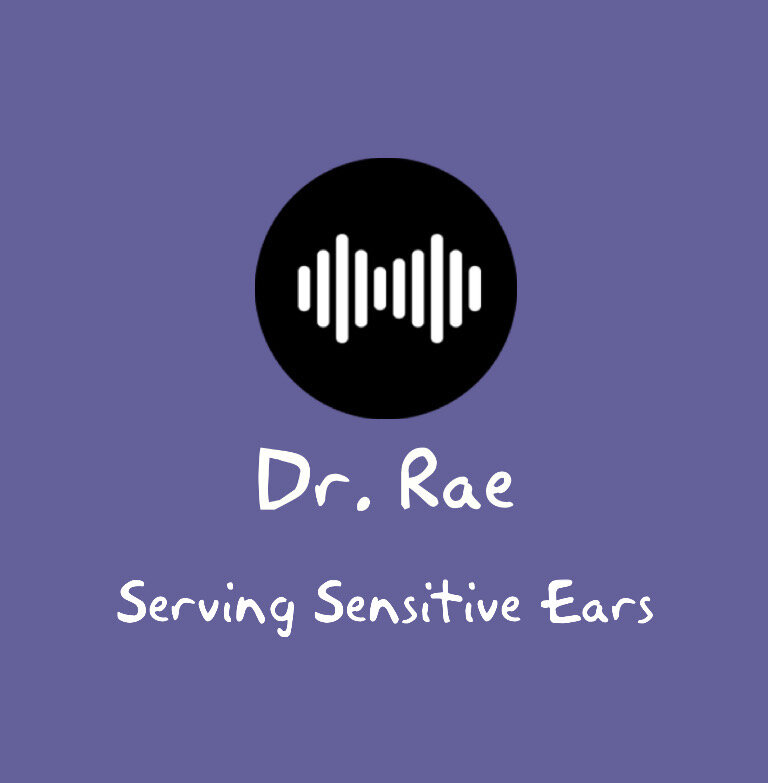Transferring Hearing Aid Data to and from Dr. Rae
Exporting a File and Sending it to Dr. Rae
In the first screen of Phonak Target or Unitron TruFit, select the most recent session.
Go to File —> Export
Choose to place the file on the desktop.
Do NOT anonymize the file. Instead, name it FIRST NAME then LAST NAME of the client, followed by the date of the last fitting, with the days, months, and year separated by periods, not slashes.
Save the file to your desktop.
Write a message to Dr. Rae, including the primary problems the client has observed, frequency of difficulty, and a description of the environments in which the occur.
Go into your email, and attach, and send the file to just.dr.rae@gmail.com.
Set up a half hour follow-up appointment for installation, if needed (to put program into aids), via www.calendly.com/dr.rae.
If there are no appointments available in the near future, contact laurenfordrrae@gmail.com and cc to both just.dr.rae@gmail.com and dr.rachel.stout@gmail.com.
Importing a File and Sending it Into the Hearing Aids
1. Download the settings to your desktop, but do not try to open the settings.
2. Open the Phonak Target program.
3. Plug the Noahlink Wireless programmer into the USB port.
4. If this is your first time using the program, be sure to go to www.himsa.com and download and run the Noahlink Wireless Driver.
5. In the Phonak program, go to File —> Import
6. Select the file you had saved to the desktop.
7. Select “Show All” patients.
8. Choose and double-click the last session of the last patient (latest date).
9. In the fitting screen, double click the orange Connect button to pair the aids to the Noahlink.
10. Select sending settings from the session, hit OK about loud sound warning.
11. Go to the top left of the Fitting Screen and Select File —> Save —> Close
Cueing: A Visual Option to Aid Language and Literacy
Join us in our weekly sessions where we explore methods in teaching and improving upon the use of Cued Language (aka Cued Speech), a well-respected visual support to verbal language, which allows for 100% visibility in lipreading.
Cueing was initially created by a professor of physics at Gallaudet University in Washington DC, for the express purpose of improving literacy in d/Deaf and Hard of Hearing college students.
Research has since demonstrated that cueing can successfully improve phonological awareness in children with a variety of difficulties related to verbal language access.

